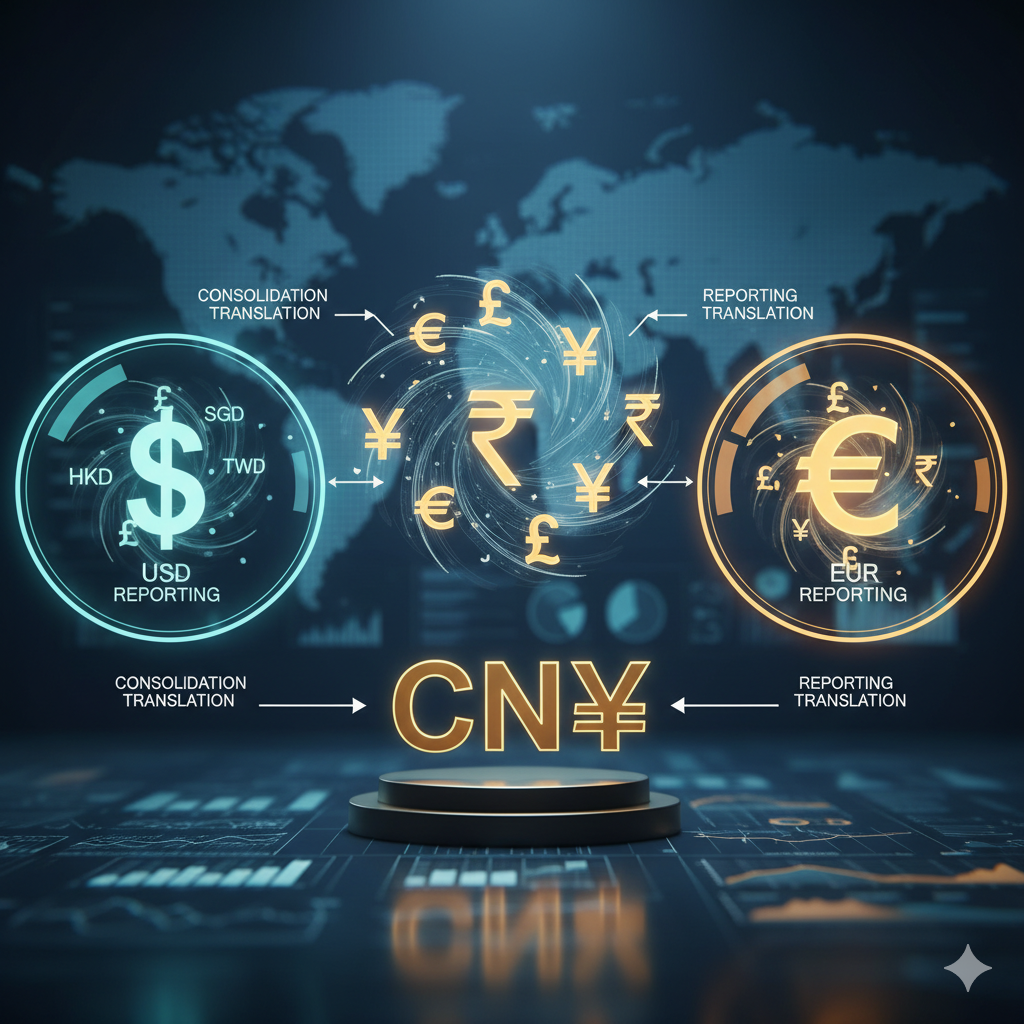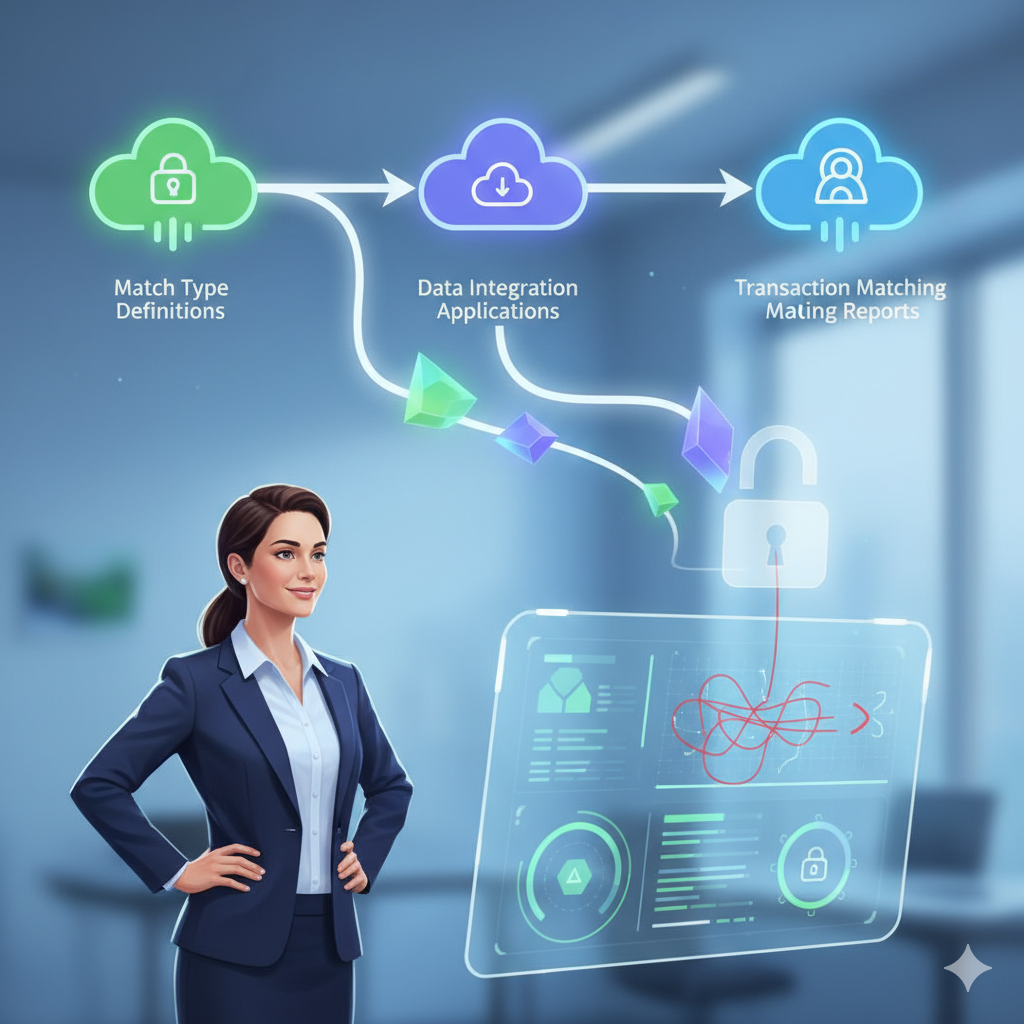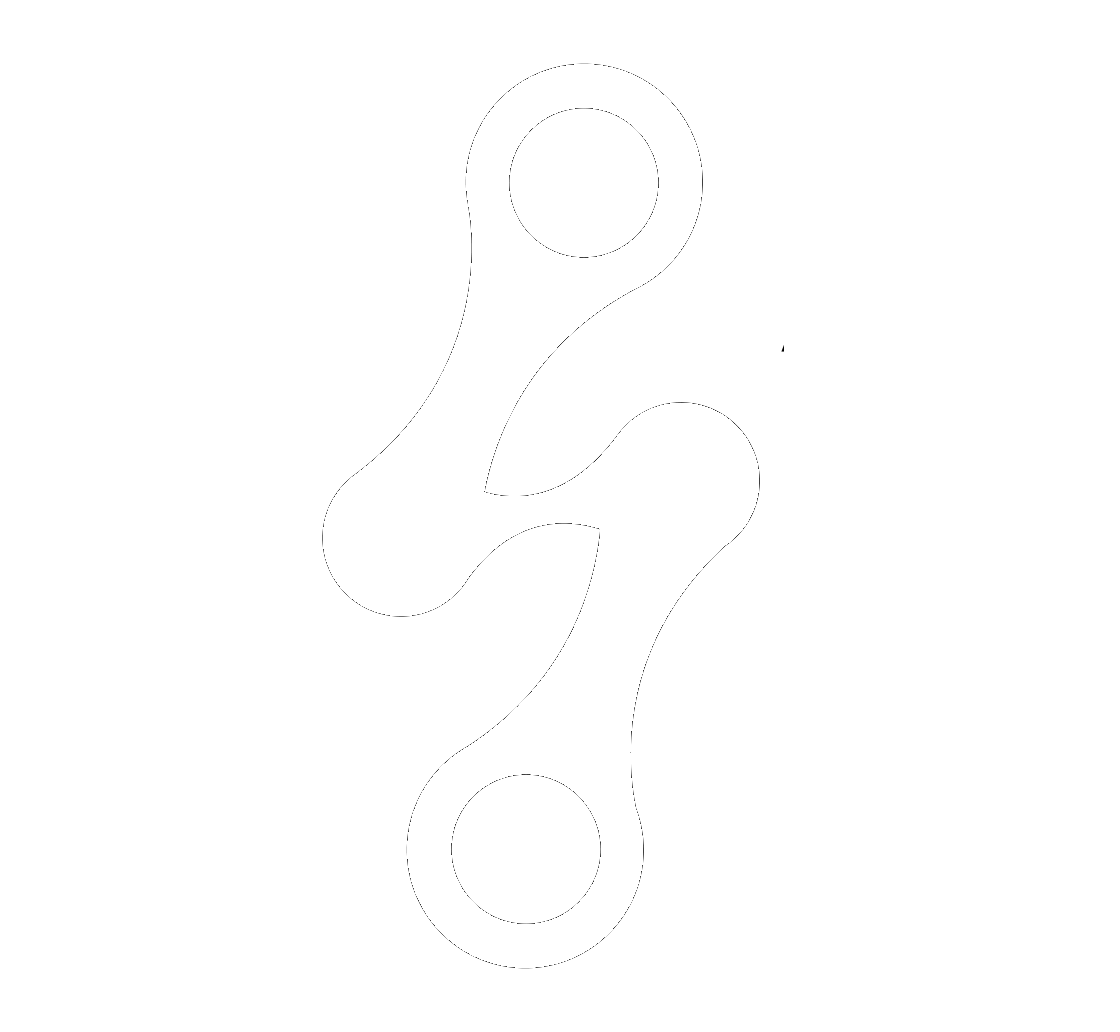Why Your Business Needs to Rethink the Tender Process
Nadia Lodroman • 19 June 2025
Listen to Tresora and Ledgeron's chatting about this blog post:
Fortress or Voyage: Choosing Your Procurement Strategy
In boardrooms and project meetings across the world, a quiet but profound tug-of-war is taking place. It's a strategic battle, not of companies, but of philosophies. On one side stands the rigid, unyielding control of the traditional tender process. On the other, the dynamic, responsive spirit of an "adapt as you go" approach. For generations, the formal tender was the undisputed king—the safest, most predictable way to build, buy, and procure. But in a world that now changes at the speed of a scroll, we must ask: is this old fortress still defending your business, or is it walling you off from the very innovation and opportunity you need to thrive? Perhaps it’s time to consider a different path—not one of rigid construction, but a thrilling voyage of discovery.
The Old Guard: Building the Fortress
The traditional tender process, often manifesting as a formal Request for Proposal (RFP), is an exercise in certainty. Imagine it as the construction of a grand fortress. A perfect, unchangeable blueprint is required before the first stone can possibly be laid. Every requirement, every specification, and every contingency is debated, documented, and frozen in time. The process moves in a slow, sequential march from definition and tendering to evaluation and, finally, execution.
Its primary virtue, and the reason it remains so beloved by finance departments and public sector bodies, is its reassuring predictability. A fixed price is agreed upon, providing a clear financial picture and a legally defensible contract. This method is the very bedrock of public procurement in Ireland, designed to ensure fairness and accountability. Yet, this strength is inextricably linked to its greatest weakness. The fortress, while secure, is also a prison.
The immense upfront effort means the journey to starting is painfully slow. By the time the project is delivered, the business landscape may have shifted, rendering the final product obsolete before it’s even unveiled. More critically, this process builds a cage around creativity. It provides no room for a supplier to propose a better, smarter, or more efficient solution that wasn’t envisioned in the original, exhaustive document. You receive exactly what you asked for, but this can be a hollow victory if it isn’t what you truly need in the end.
The New Contender: Embarking on the Voyage
In stark contrast, the "adapt as you go" or Agile approach is a voyage of exploration. It starts not with a perfect map, but with a clear destination in mind: the business goal. It acknowledges that the waters between today and project completion are uncharted and that the best course will be revealed along the way. Work is conducted in short, iterative cycles, like sailing from one island to the next. At the end of each two- or three-week sprint, a tangible, working piece of the project is delivered and reviewed.
This creates a powerful, continuous feedback loop. Instead of waiting a year to see the final result, you see progress constantly. This allows you to launch a nimble vessel into the market quickly, testing the winds and learning from real-world conditions. The final product is profoundly better for it, shaped by continuous discovery rather than static assumptions. Risk is managed not by avoiding it, but by confronting it early and often in small, manageable pieces. A course correction after two weeks is a minor adjustment; after a year, it's a catastrophic failure.
This journey, however, demands a different kind of commitment. It requires a hands-on crew, not passive passengers. Business stakeholders must be actively engaged, providing regular feedback and helping to steer the ship. The final budget, too, is not fixed at the outset, which requires a foundation of trust with your chosen partners and a comfort with financial flexibility. Without a strong captain to prioritise and navigate, the voyage risks becoming a wander, chasing endless new ideas without ever reaching its intended shore.
Choosing Your Path: A Matter of Context
So, how do you choose between the fortress and the voyage? The two philosophies are fundamentally opposed in their view of the world. One carves requirements into stone; the other sketches them in sand, ready to be redrawn by the incoming tide of feedback. The tender process views a supplier as a contractor hired to follow a rigid plan, while the agile approach sees them as a vital partner in a shared journey of problem-solving.
Ultimately, the right choice is a matter of context. If your project is a known quantity—like constructing a standard building or procuring a fleet of vehicles—the predictable and controlled nature of the tender process is perfectly fit for purpose. It provides the governance and price certainty you need.
But if your project is a venture into the unknown—developing new software, launching a new-to-world product, or undertaking a complex digital transformation—then you are dealing with uncertainty. In this landscape, flexibility is survival. An approach that embraces change, fosters collaboration, and prioritises learning will not only be faster but will deliver a vastly superior outcome.
The next time a major project lands on your desk, pause before you automatically commission a blueprint for a fortress. Look at the horizon and ask yourself what the journey truly requires. Are you simply building a wall, or are you setting sail for a new world? Making the right choice between these two paths will be one of the most important strategic decisions you can make.






